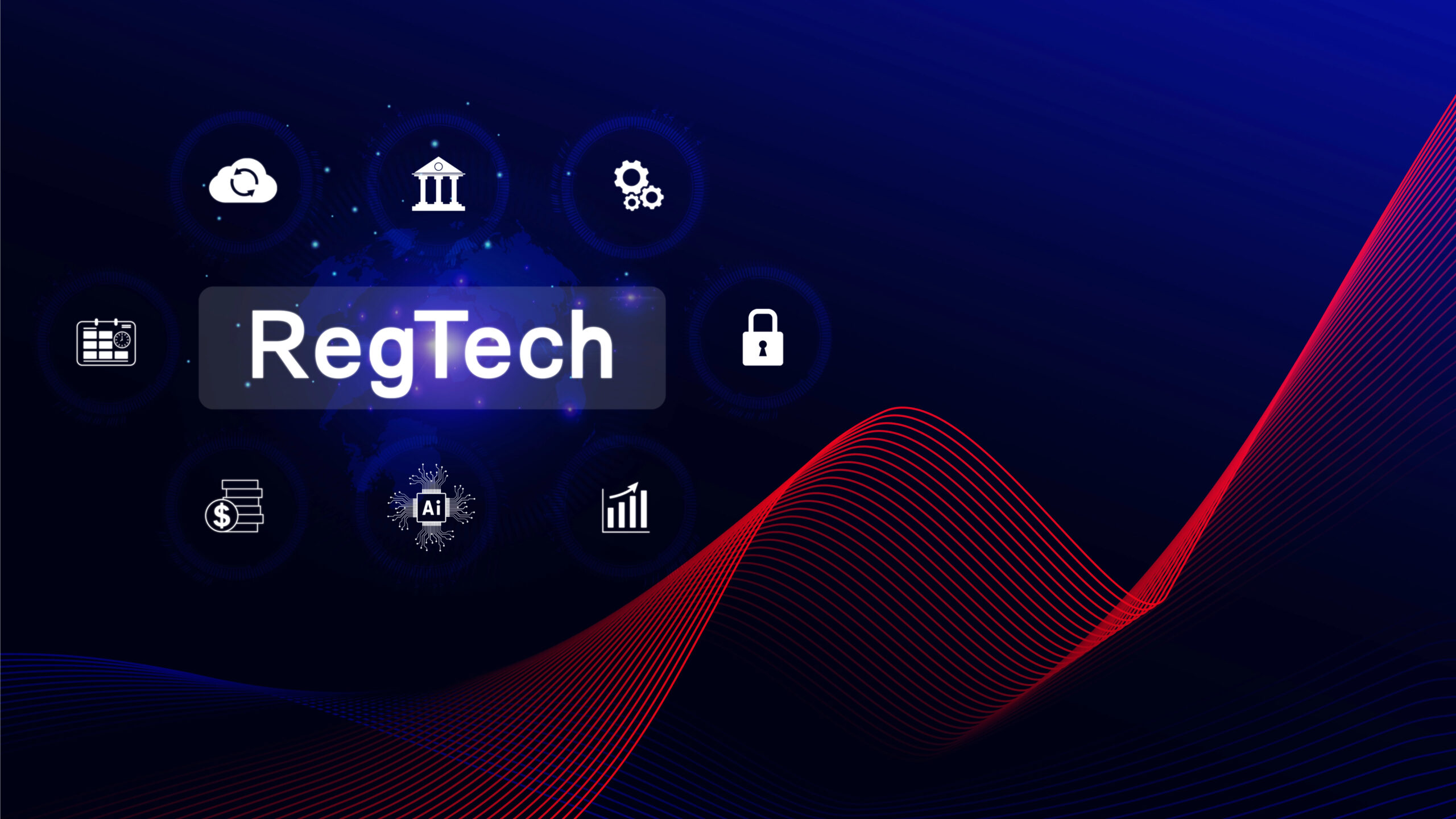Leasing and other financing organisations know that system integration is supposed to streamline operations, improve…

Why It’s Good To Think Like an Investor
This year we have had the great pleasure to work for several private equity investors on leasing and asset finance due diligence projects across Europe and the Middle East.
Personally, I find these projects really interesting. They involve quickly getting under the skin of a business and identifying the value drivers, then critically reviewing opportunities as well as drilling into any potential risks and threats the business might face.
It also gave me pause for thought on how most businesses might benefit from embedding such critical review in their own planning, review and day to day management processes.
Classically the strategic planning process should always have both an internal and external lens and many businesses do indeed consider this. A watchful eye on existing competition and new challengers with innovative solutions is essential to avoid the unwanted “Kodak moment” when you suddenly see you have missed a major industry trend.
As an established risk-focused industry, we are well set up to identify, assess and mitigate near-term risks. Many organisations however have an inherent risk aversion which creates its own challenges in facing up to newer more nimble and entrepreneurial players creating models that turn out to be the longer-term threats. “Keep an eye on the emerging challengers” is the message here. I am not convinced this is always top of mind for everyone.
Asking why do we win new business today, and why we should we continue to win going forward is a good question to always have in mind.
Turning the focus onto the business being written today, focused analysis always has the potential to create value. The better businesses already have a keen sense of where value is being created, but the ability to quickly analyse and project forward future P&L performance based on underlying value drivers is a major source of competitive advantage. Targeting key segments and driving penetration with targeted commercial effort (and where needed pricing) seems obvious, but having the data and insight to hand to dynamically steer is often another thing.
For external investors, this is always a key area of attention and questioning. They want to understand the quality of earnings and evaluate whether the business being built today is sustainable. “Has there been a dash for growth and has anything been sacrificed to achieve this?” is a common refrain, and it is a pretty fair ask.
Does the new business have the same non-interest income potential, what is the cost load attached this business mix, what is the margin and what are the risk costs going forward? What are the concentration risks at a customer level, and do we have any specific vendor / supplier risk concerns? Depending on the business model, are there any specific funding concentrations and or challenges to consider?
This naturally leads into questions around asset and product mix, originations models and as a matter of course also focuses heavily on the people in the organisation. What are the dependency risks, and do we have an over-reliance on key staff? If we do, what are we doing to retain and motivate them? What is the plan B should they suddenly depart or be impacted by personal issues?
Investors naturally also focus on the cost side of the P&L, and this should not be ignored. They seek to understand market best practices to see both where scaling potential and efficiencies might be found, and also to identify anomalies within their targets.
IT and the systems landscape is clearly an area of critical importance and growing ever more so. Typically, we are asked if any planned IT investments are realistic and if they are likely to deliver on their promises, along with our views on on-going running costs.
Digital experience and efficiency combined with the organisation’s digital resilience and ability to withstand cyber-attack are clearly critical considerations. These are no longer abstract concepts that should weigh exclusively on the shoulders of the IT organisation, they are real and present business risks that needs to be assessed and managed and merit C level attention.
Commercial and operational due diligence touches on all the above points and beyond. It is a disciplined process that combines systematic analysis and critical thinking, and constantly poses the “what if” questions, encouraging a focus on market positioning, and why you are important and relevant to your customers.
Whether you are preparing for a sale or not, it is always good to put yourself in the shoes of your shareholders and think like an investor.
Author: Ian Robertson



